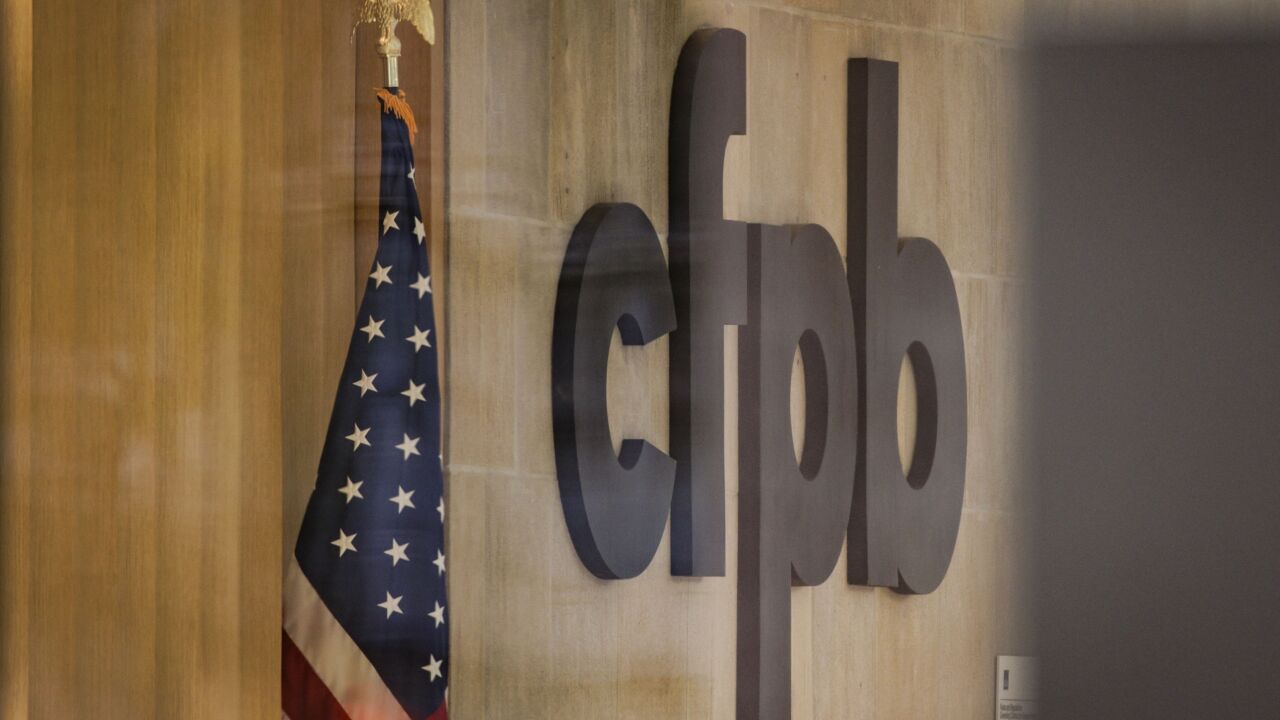It's inevitable that today's financial crisis gets compared to the nation's savings and loan bailout, which cost taxpayers about $250 billion in today's dollars. Painful as that earlier episode was, those who lived through it say the government's approach was much more grounded than the shifting sands of the troubled asset relief program (TARP), which has moved from buying troubled assets, to injecting equity, to now some combination of both.
The erratic moves of the Treasury Department are part of the problem. The head of the Congressional panel set up to monitor the bailout - a term many CEOs object to - says the feds still do not seem to have a coherent strategy. Reflecting on the rapid sequence of events, Diana Henriques told The New York Times, "There wasn't time even to develop a coherent list of questions to ask Treasury about what it's doing and what it plans to do - and whether either of those are likely to address what's going wrong."
In pursuit of greater coherence, some experts believe it would help to examine the S&L crisis more in depth - both those things that worked and those things that didn't. Unfortunately, says Dorey Wiley, CEO of Commerce Street Capital, an investment bank specializing in FIs, "The S&L crisis is just long enough ago that we've lost most institutional memory."
The scope of today's crisis - perhaps $2 trillion - will dwarf the S&L episode. Even more, during the S&L crisis, the goal of the bailout was to pay back depositors, says John Douglas, a partner at Paul Hastings, Janofsky & Walker and general counsel to the Federal Deposit Insurance Corp. Today's "bailout so far is not really designed to bailout institutions, and not really designed to pay depositors. Instead it's designed to increase economic stability."
So, while some comparisons between the two financial crises are appropriate, the analogy is hardly perfect. Still, Douglas says there are aspects of the S&L episode worth noting. First, the government played no role in stabilizing asset values. The goal was to get the assets back into the market in an orderly fashion but as quickly as possible and let the market establish the price. "Once you do that, private money gets back in. That's a valuable lesson, and in some sense it's been forgotten."
What's hard for some to swallow about this lesson is that some people get rich picking up distressed assets that turn out to be valuable. These successes are inevitably viewed suspiciously by the government and public. "Does somebody get rich at the expense of the taxpayer? That may be," says Wiley. But Douglas argues a healthy solution is impossible until private money gets involved, and private money only gets involved for profit. Expect heated Congressional hearings lambasting possible profiteering as the government grapples with this old lesson once again, he predicts.
Wiley says the government should change bank ownership rules to encourage private equity investment. During the S&L crisis, these rules were relaxed slightly and temporarily; for this crisis restrictions should be significantly altered. (Current rules prevent PE from taking large stakes in banks without becoming a bank holding company and subject to regulators). PE shops have already played by the government's rules during this crisis and lost money, notably TPG's billion dollar loss in WaMu. "They'll be reluctant to do it again, unless it's on their own terms," says Wiley. "The government needs to work with these guys and not thumb their noses at them, because they have a lot of money and they need every penny."
Finally, Douglas argues one "solution" to the S&L episode has come to haunt today's crisis: an overreliance on capital ratios. After the S&L crisis, regulators decided banks needed to maintain certain capital ratios. "By focusing on capital, we're missing a fundamental [of banking]. Banks work on trust and confidence more than capital. Remember, Downey and Washington Mutual were well capitalized as of their last reporting period," he says.
A loan worth 50 cents on the dollar or one worth 100 cents could still have the same economic earnings power. Capital ratios are accounting entries, not economic activity. "We shouldn't be forcing people to do economically stupid things (such as forced liquidations) because of an accounting convention." But his solution may not fly in today's climate of tighter regulator restrictions: "Give regulators greater discretion to evaluate the real economic strength of an institution without statutes that require a regulatory response."





